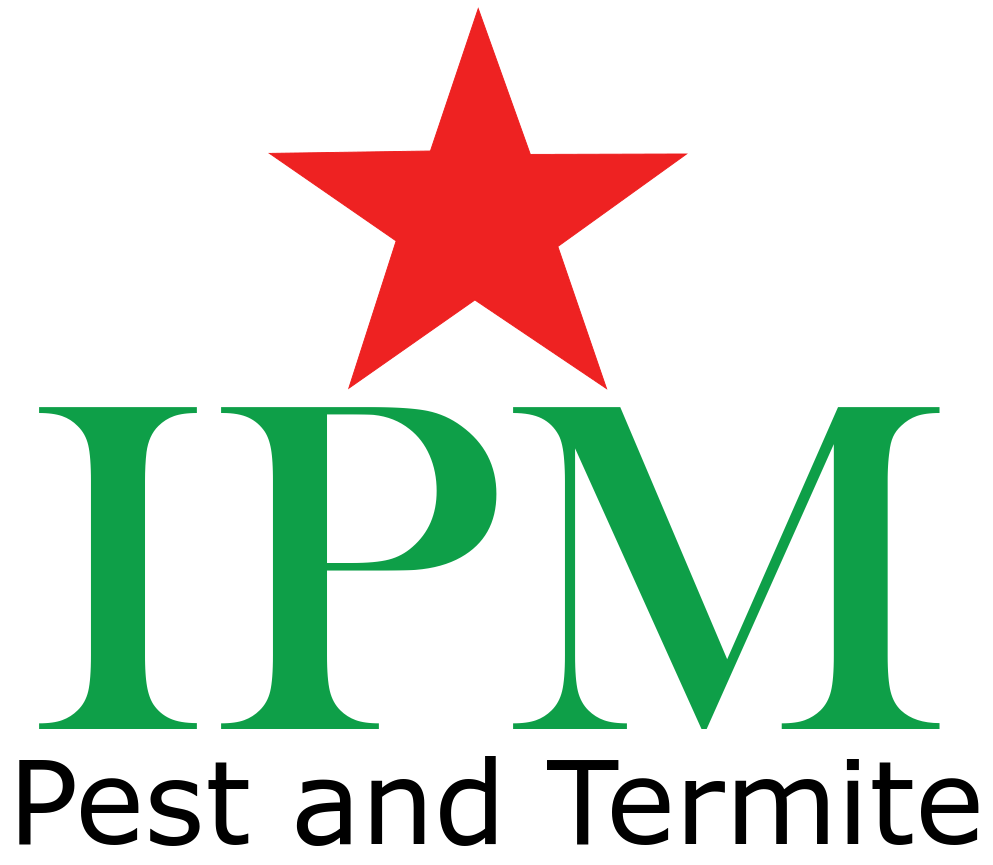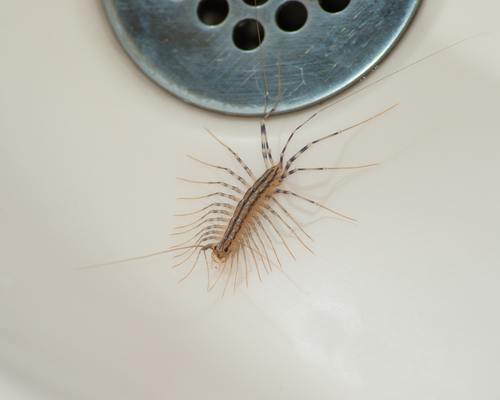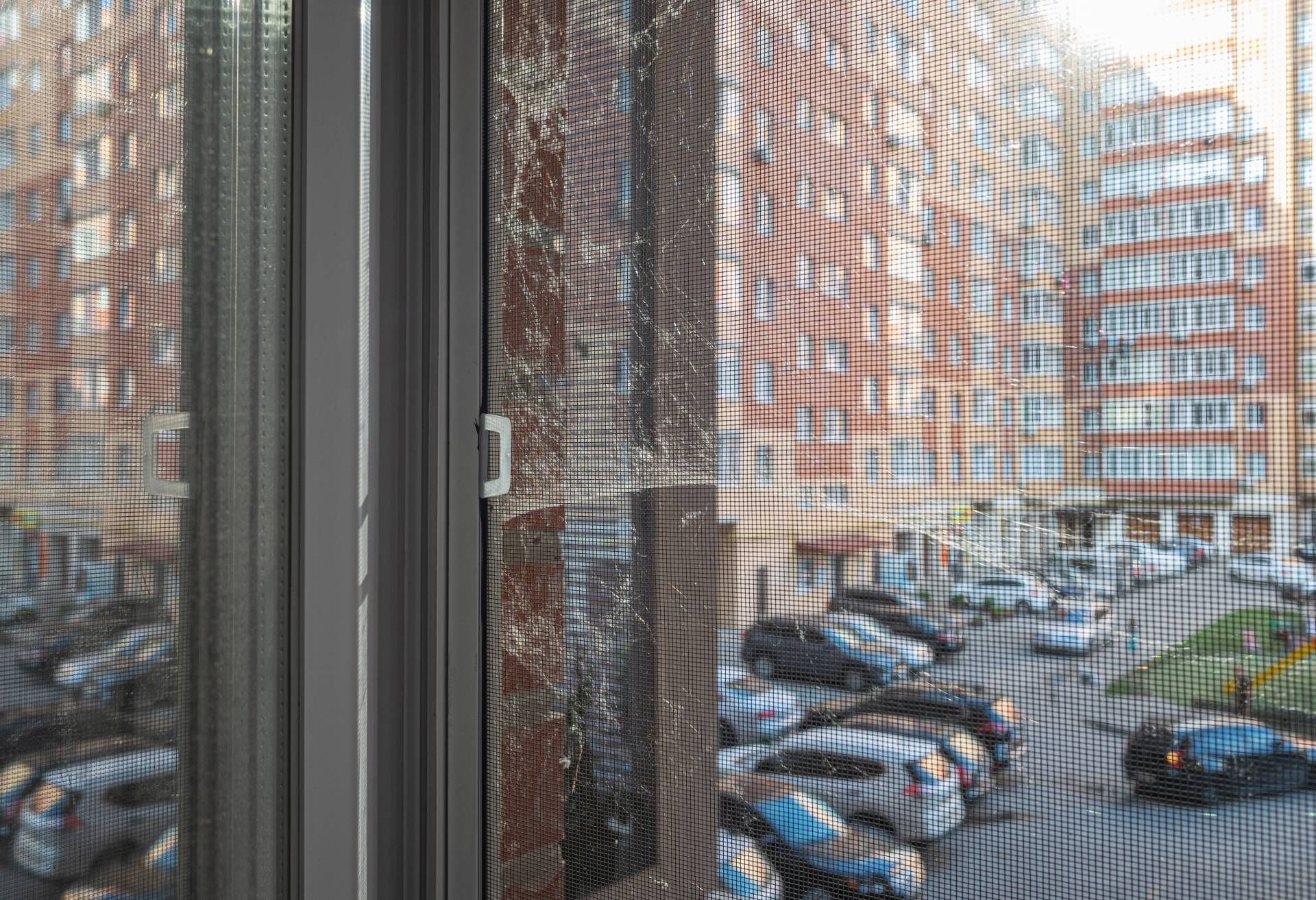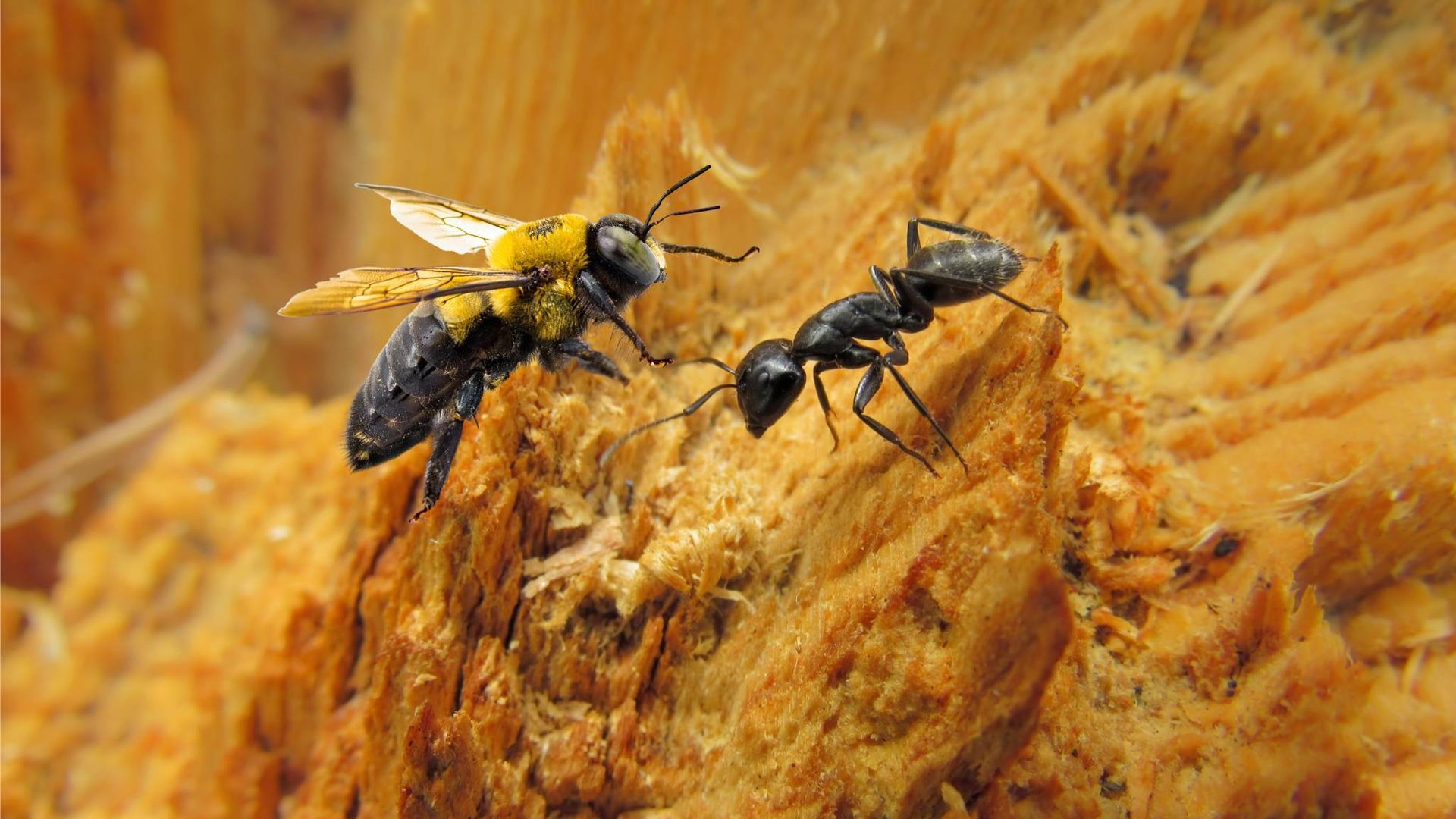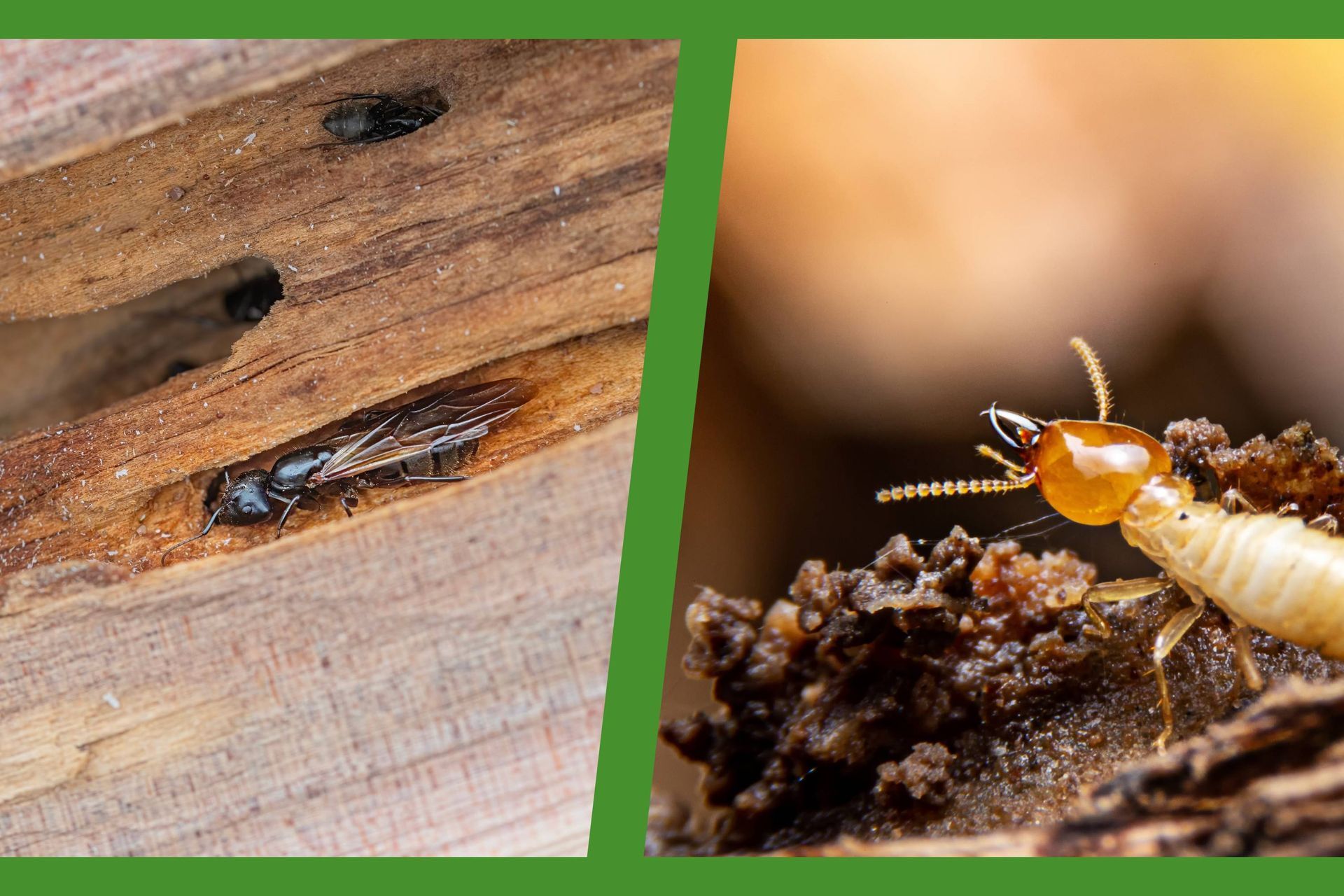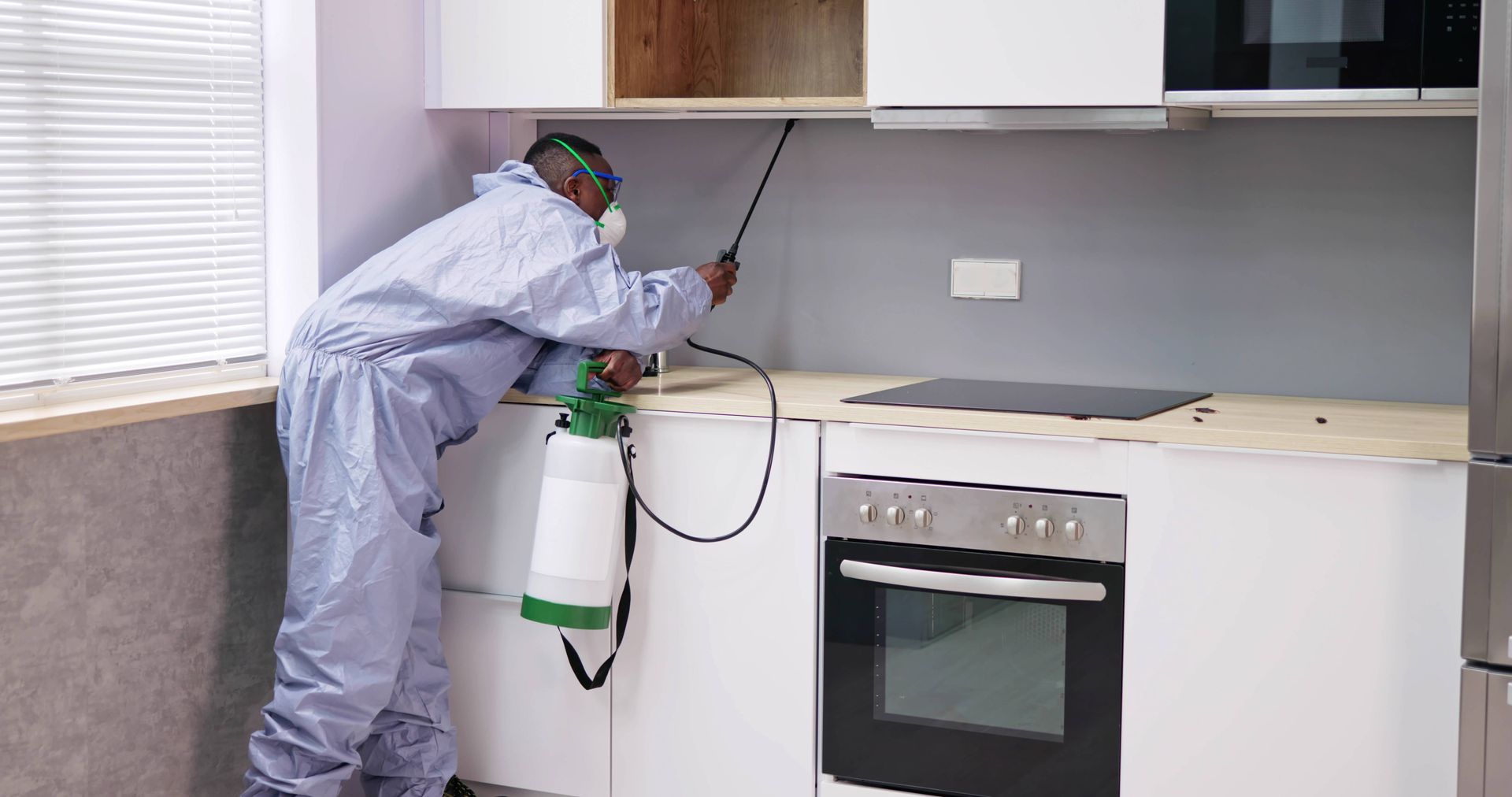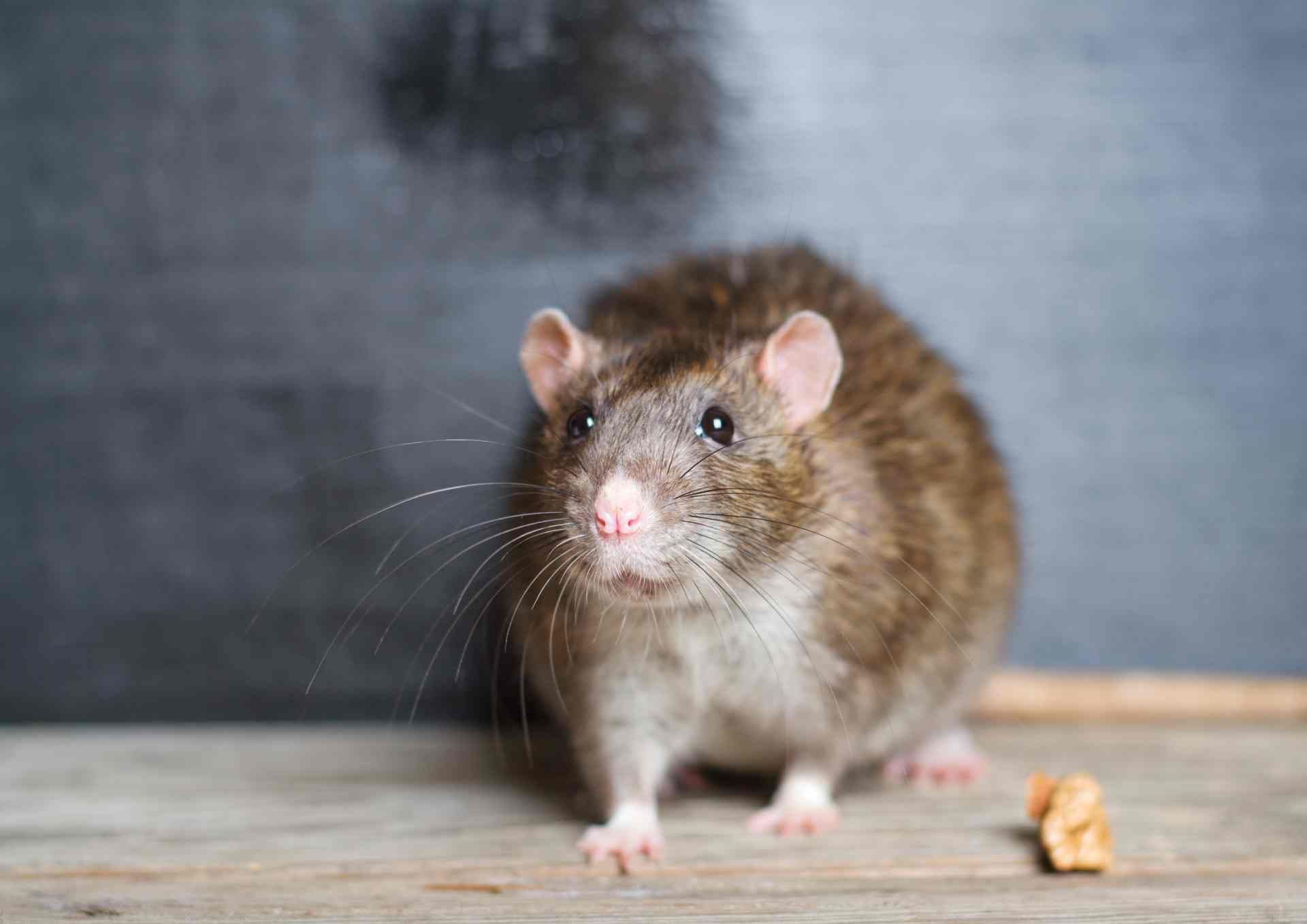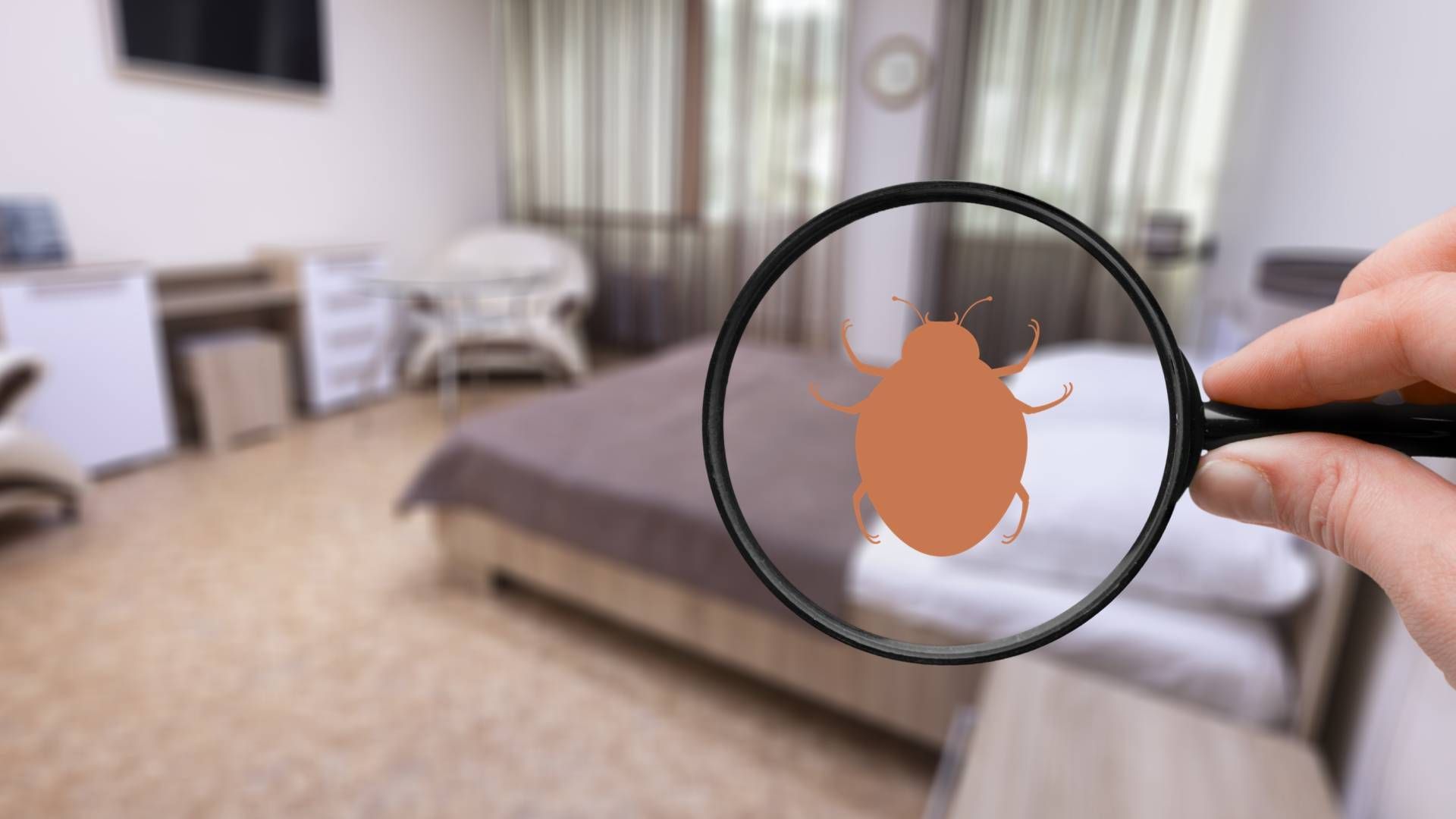House centipedes, sometimes called “Hundred Leggers,” are actually arthropods not insects. They are predators that hunt smaller insects by injecting venom through their fangs. Centipedes
range in size from very small to large with flat, segmented bodies connected to one pair of legs per body segment. Although the nickname suggests that they have 100 pairs of legs, centipedes can actually have anywhere from 15 to 177 pairs of legs. Their heads contain large antennae, a small mouth, and a claw-like structure that contains a venom gland to kill prey.
House centipedes
tend to live alone in dark, humid areas in your home, such as your basement, garage, bathroom, or craw space. These nocturnal hunters hide in the dark and venture out at night to find food. Because they live alone, it is difficult to tell if there is an infestation unless they are seen directly. Centipedes are venomous to their prey and humans; however, it is not fatal as long as the person is not allergic to the venom. Many people commonly mistake silverfish for centipedes.
One of the best ways to get rid of centipedes is to remove their preferred nesting areas and to prevent them from entering your home. If those methods fail, resorting to alternative removal methods, including professional pest removal may be necessary.
To remove the preferred nesting areas of centipedes, minimize the amount of moisture in dark areas of your home. Inside your home, you can fix leaking faucets, water pipes or air conditioning units that release moisture into the air. A dehumidifier should be used in damp areas to lower moisture levels. Underneath your home, steps should be taken to decrease the moisture level in the crawlspace, such as improved ventilation, sump pump installation or adding a soil cover. Outside your home, water should be diverted away from the foundation through the use of gutters and down spouts. Also, any accumulating grass clippings, mulch, boards, or stones should be removed to lessen the places for centipedes to nest.
To prevent centipedes from entering your home in the first place, you should seal all entry points. Centipedes can squeeze through small cracks or holes in your foundation and home. Caulk and seal all visible cracks on the outside of your home. Also, fill in any gaps around water pipes, cable lines, doorframes, or window frames.
If centipedes still exist in your home even though you have taken all efforts to remove nesting locations and to seal all cracks, you need to take more extreme actions to remove them. Home remedies usually are not successful at removing centipedes. Professional pest control services, such as IPM Pest and Termite have the proper tools and insecticides to get rid of centipedes in Lexington, KY. The Lexington pest control experts can apply an insecticide along the bottom of exterior doors, crawlspaces, and foundation openings to prevent centipedes from entering your home. If you have a centipede problem in your home that you cannot get rid of, call the best company for pest control in Lexington:
IPM Pest and Termite!
